Chicago Union Station Makeover Hits New Milestone
Arup will lead the design team for Phase 1 of the redevelopment, which is intended to restore the 90-year-old station to its former glory.
By Ioana Neamt
Chicago—The much-needed rehabilitation of Chicago’s iconic Union Station has reached another milestone with the selection of the project’s design team. Design services firm Arup will bring its international and regional experience in the design and renovation of transportation infrastructure to the redevelopment project.
Amtrak, joined by Mayor Rahm Emanuel and local transportation leaders from Metra, the Regional Transportation Authority and the Chicago Department of Transportation, recently revealed plans to move forward with the next phase of the rehabilitation plan, which was first announced last year. The Arup team will include local, regional and international experts who will restore the 90-year-old, Daniel Burnham-designed station to its former glory.
“Chicago Union Station is an enormous asset to Amtrak as well as the city of Chicago,” Stephen Gardner, Amtrak executive vice president & chief of business development, said in a statement. “These efforts, combined with related efforts to advance new customer amenities and spur development of Amtrak’s historic Station Headhouse and other assets, could catapult Union Station back into its role as a central anchor of the West Loop neighborhood.”
Located at 225 S. Canal St., on the city’s West side, Chicago Union Station is the third-busiest rail terminal in the U.S., after Grand Central Terminal and Penn Station in New York City. It serves approximately 120,000 passengers per day and is the only intercity rail terminal in the city.
“This work is essential to developing plans to address critical pedestrian flow and ventilation issues at Union Station, but we still have much work to do,” said Metra Chairman Martin Oberman. “We will need to work together to identify the funding to undertake this major public improvement in order to advance this work.”
Phase 1A of the project is expected to take roughly 18 months.
Image courtesy of Dewitz Photography

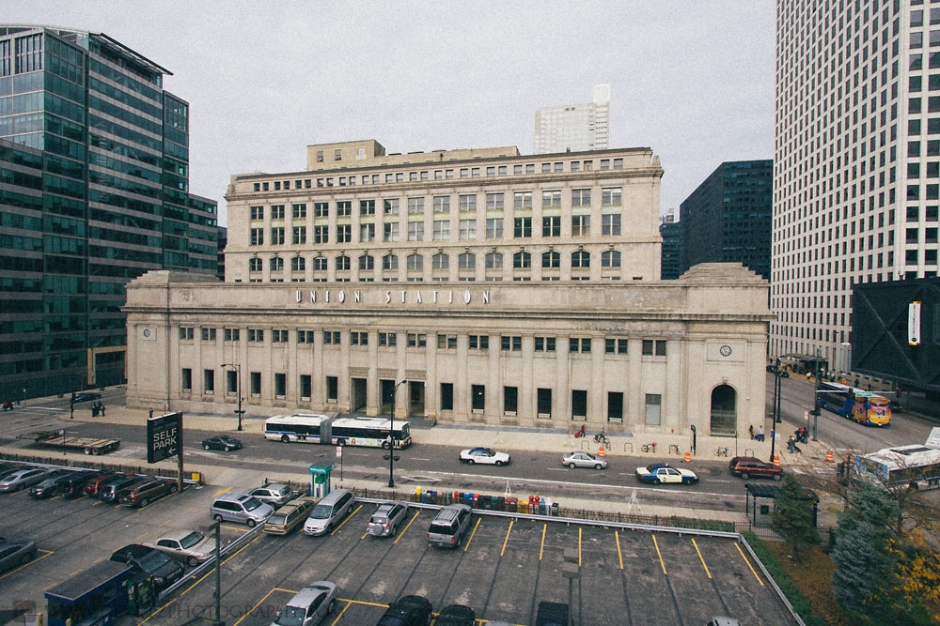
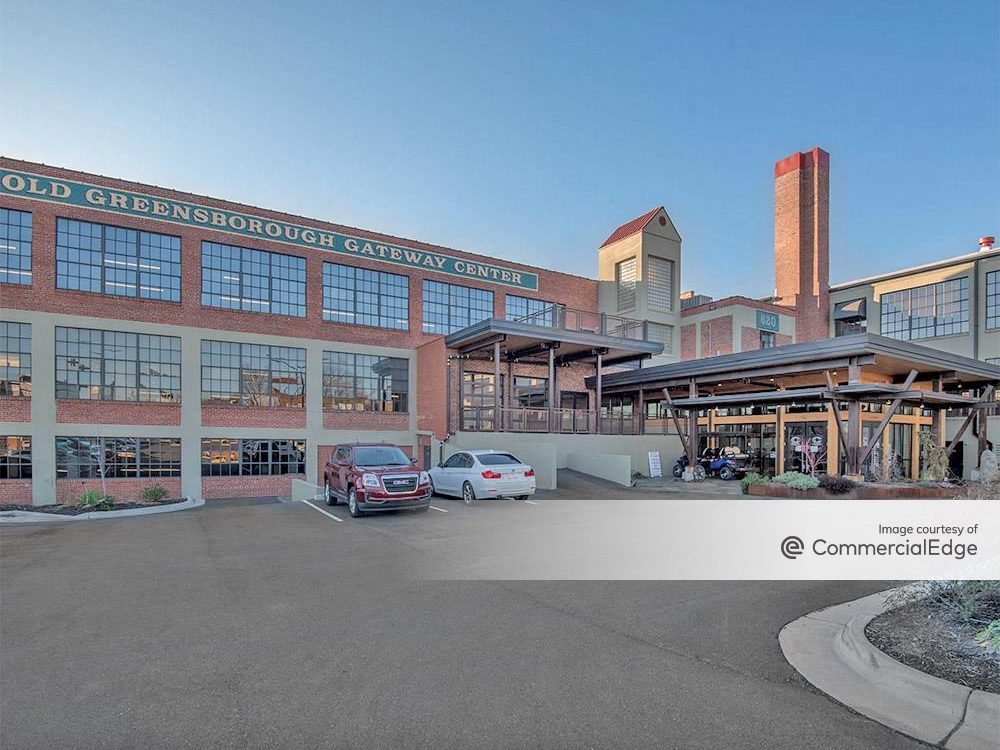

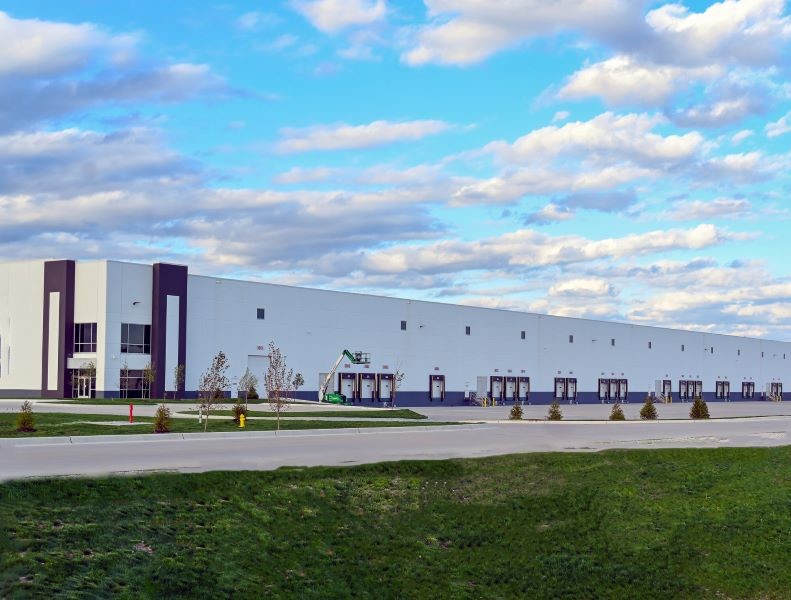
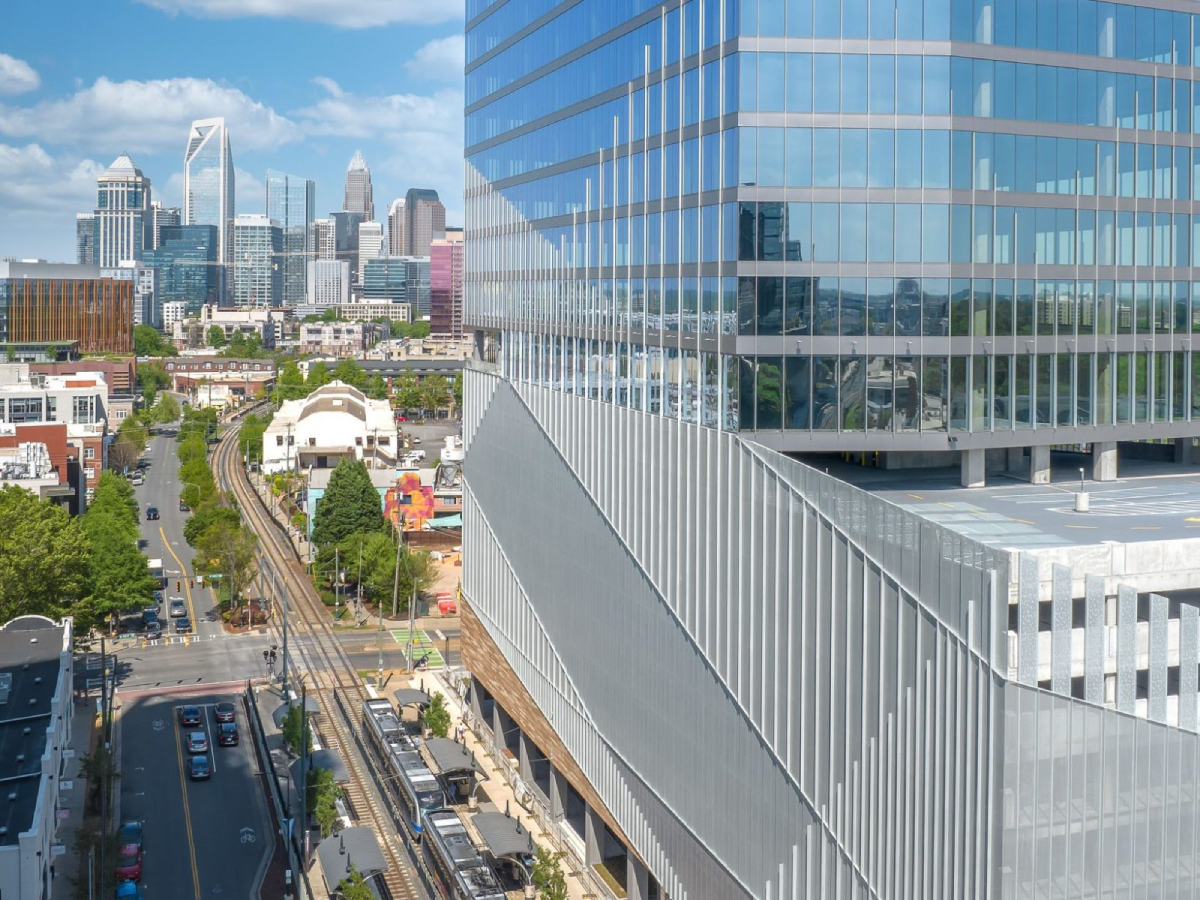
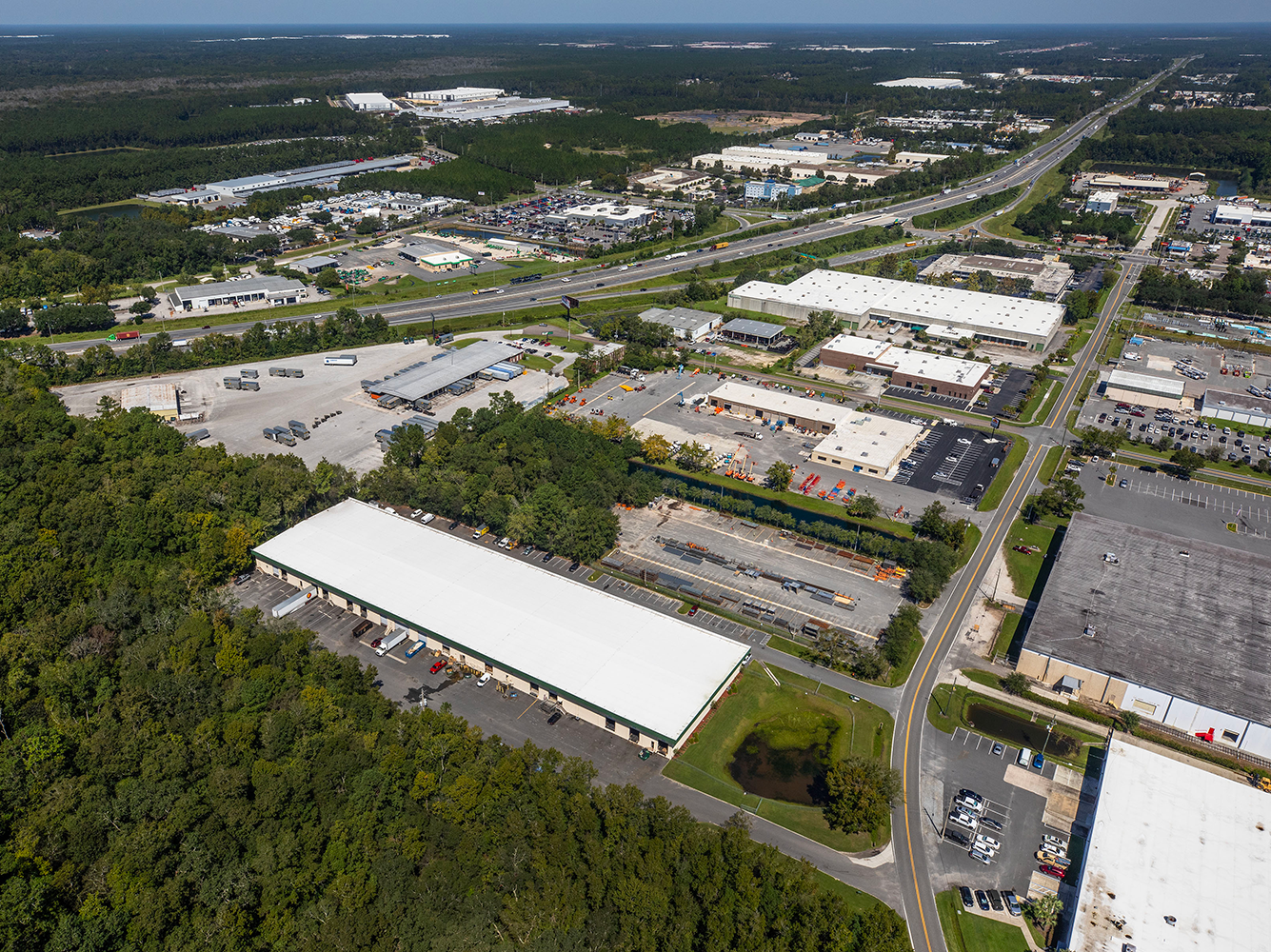

You must be logged in to post a comment.